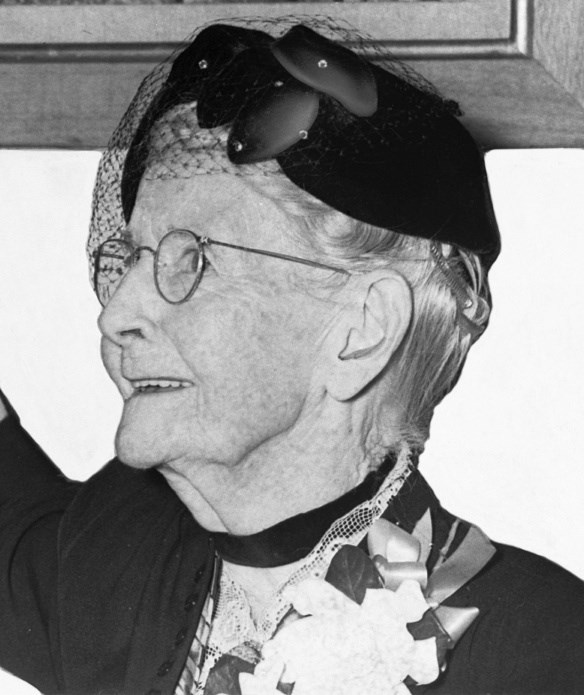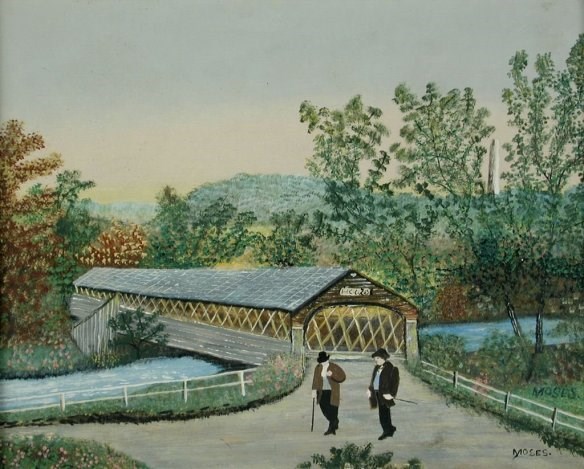Last updated: October 30, 2020
Article
Finding History’s Forgotten Women with the National Register of Historic Places, Part II

Wikipedia
Grandma Moses, a self-proclaimed moniker when she had grandchildren, briefly dabbled in the arts before her husband Thomas’s death. It was only when her hand became too arthritic that her sister Celestia suggested that Anna start to paint instead. Anna followed her advice. One statement of hers that is often quoted is that if she hadn’t started painting, she would’ve raised chickens; meaning that painting was something just to keep herself occupied. She gave away her paintings or occasionally sold them to local stores as décor for $5.

www.theartnewspaper.com

www.mydailyartdisplay.wordpress.com

National Park Service
